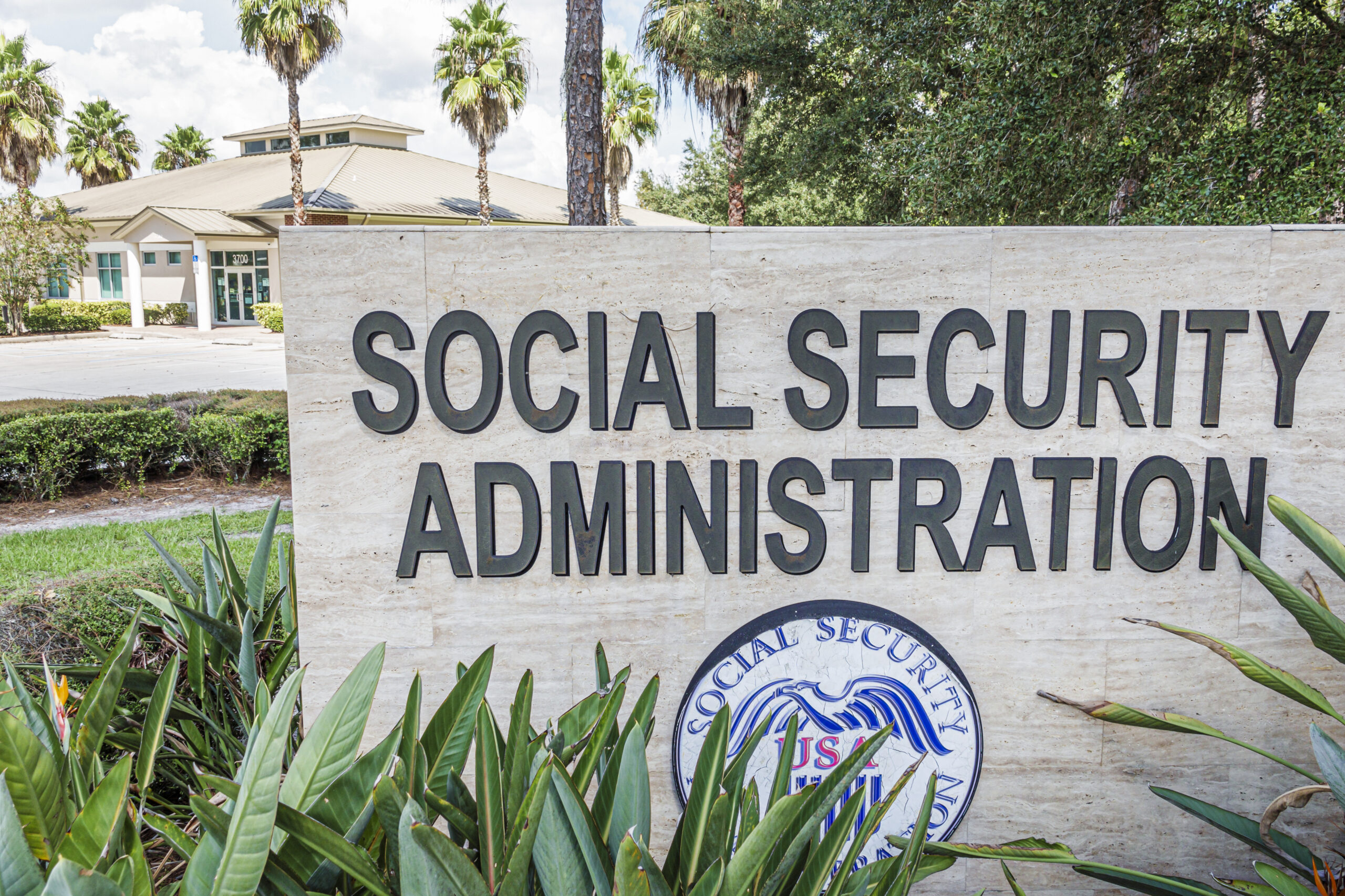Social Security Overpayments: 7 Powerful Steps to Resolve

Social security overpayments can feel overwhelming, especially when you rely on these benefits for financial stability. Receiving a notice from the Social Security Administration (SSA) claiming you owe money might spark confusion or stress. But don’t worry—this guide offers seven powerful, actionable steps to resolve overpayments effectively. Whether you’re facing an error, seeking a waiver, or managing repayment, you’ll find practical advice to navigate this challenge.
Let’s dive into what overpayments are and how to handle them with confidence.
What Are Social Security Overpayments?
Social security overpayments occur when the SSA pays you more than you’re entitled to receive. This might happen due to unreported changes in your life—like starting a job—or errors on SSA’s part. The SSA oversees programs like Old-Age, Survivors, and Disability Insurance (OASDI) and Supplemental Security Income (SSI), both of which can involve overpayments, though rules differ slightly.
For example, if you’re on disability benefits and start earning income without reporting it, the SSA might later demand repayment. Overpayments aren’t rare—mistakes and miscommunications can easily lead to excess funds being disbursed.
Why Do Overpayments Happen?
Understanding the root causes of social security overpayments is the first step to prevention. Common reasons include:
- Unreported Income: Starting a job or earning extra money without notifying SSA.
- Life Changes: Marriage, divorce, or moving without updating SSA records.
- SSA Errors: Miscalculations or outdated data leading to incorrect payments.
The SSA’s own data highlights that overpayments often stem from beneficiaries missing deadlines to report changes. External sources, like Pine Tree Legal Assistance, note that even small oversights can trigger this issue.
7 Powerful Steps to Handle Overpayments
Step 1: Understand the Notice
When you receive an overpayment notice, don’t panic—read it carefully. It typically includes:
- The reason for the overpayment.
- The amount owed.
- Deadlines and repayment instructions.
- Your rights to appeal or request a waiver.
Take note of the timeline—usually, you have 30 days (plus 5 for mailing) to respond before SSA starts collecting. If anything’s unclear, call SSA at 1-800-772-1213 or visit a local office.

Step 2: Verify the Overpayment
Before agreeing to repay, ensure the overpayment is accurate. Compare the notice with your records—bank statements, pay stubs, or SSA correspondence. Look for:
- Incorrect income calculations.
- Errors in marital status or living arrangements.
- Mistakes in benefit eligibility.
If you spot an error, file a Request for Reconsideration (Form SSA-561-U2) within 60 days. Submit it to your local SSA office with supporting evidence. This step can stop collection while your case is reviewed.
Step 3: Request a Waiver
If the overpayment is correct but repaying it would cause hardship, request a waiver. You’ll need to prove:
- The overpayment wasn’t your fault (e.g., SSA error).
- Repaying would prevent you from affording essentials like food or rent.
Use Form SSA-632-BK, attaching proof like bank statements or bills. The SSA will evaluate your finances and decide if they’ll forgive the debt.

Step 4: Arrange Repayment
If a waiver isn’t granted, you’ll need to repay. Options include:
- Full Payment: Pay online via Pay.gov using your remittance ID.
- Installments: Request a payment plan with Form SSA-634 if you can’t pay upfront. Suggest an affordable monthly amount with a budget breakdown.
SSA may withhold benefits to recover the debt, but you can negotiate a lower rate if 100% withholding (effective March 2025) is too much.
Step 5: Stay Updated on Policy Changes
SSA policies evolve, impacting overpayment recovery. As of March 27, 2025, the default withholding rate for new overpayments reverted to 100% of monthly benefits—up from 10% in 2024. This shift could drain your income unless you act. Check SSA’s blog for updates and adjust your strategy accordingly.
Step 6: Prevent Future Overpayments
Avoid future issues by:
- Reporting changes (work, marriage, address) to SSA immediately via my Social Security.
- Reviewing benefit statements monthly for accuracy.
- Keeping detailed records of all SSA interactions.
Proactive steps reduce the risk of unexpected notices. Link to our article on Managing Social Security Benefits for more tips.
Image Suggestion: Screenshot of my Social Security portal.
Alt Text: “my Social Security portal to prevent social security overpayments.”
Step 7: Seek Help When Needed
If the process feels daunting, get support from:
- SSA: Call 1-800-772-1213 or visit an office.
- Legal Aid: Groups like Legal Aid Society offer free advice.
- Advocacy: Contact National Council on Aging for resources.
Expert help can simplify disputes or waivers, especially for complex cases.
Image Suggestion: Person consulting with a legal advisor.
Alt Text: “Consulting help for social security overpayments resolution.”
Recent SSA Policy Changes
The 2025 shift to 100% withholding reflects SSA’s push to recover funds faster. Previously, a 10% rate gave beneficiaries breathing room, but now, without intervention, your full monthly benefit could vanish until the debt’s cleared. Requesting a lower rate with Form SSA-634 is critical if this applies to you.
Conclusion
Social security overpayments don’t have to derail your finances. With these seven steps—understanding notices, verifying amounts, requesting waivers, arranging payments, staying informed, preventing issues, and seeking help—you can regain control. Act quickly, stay organized, and leverage SSA resources to protect your benefits.
